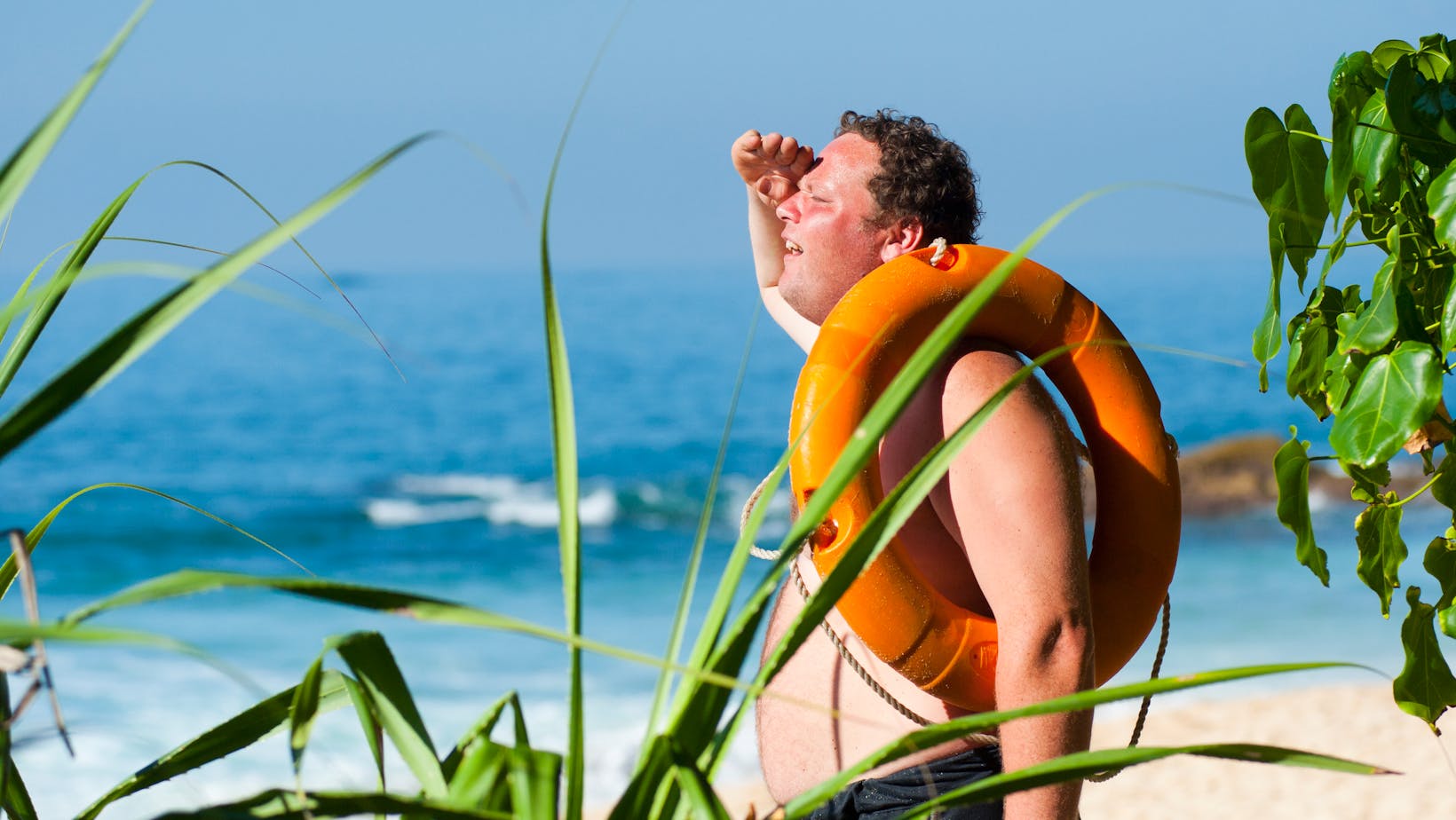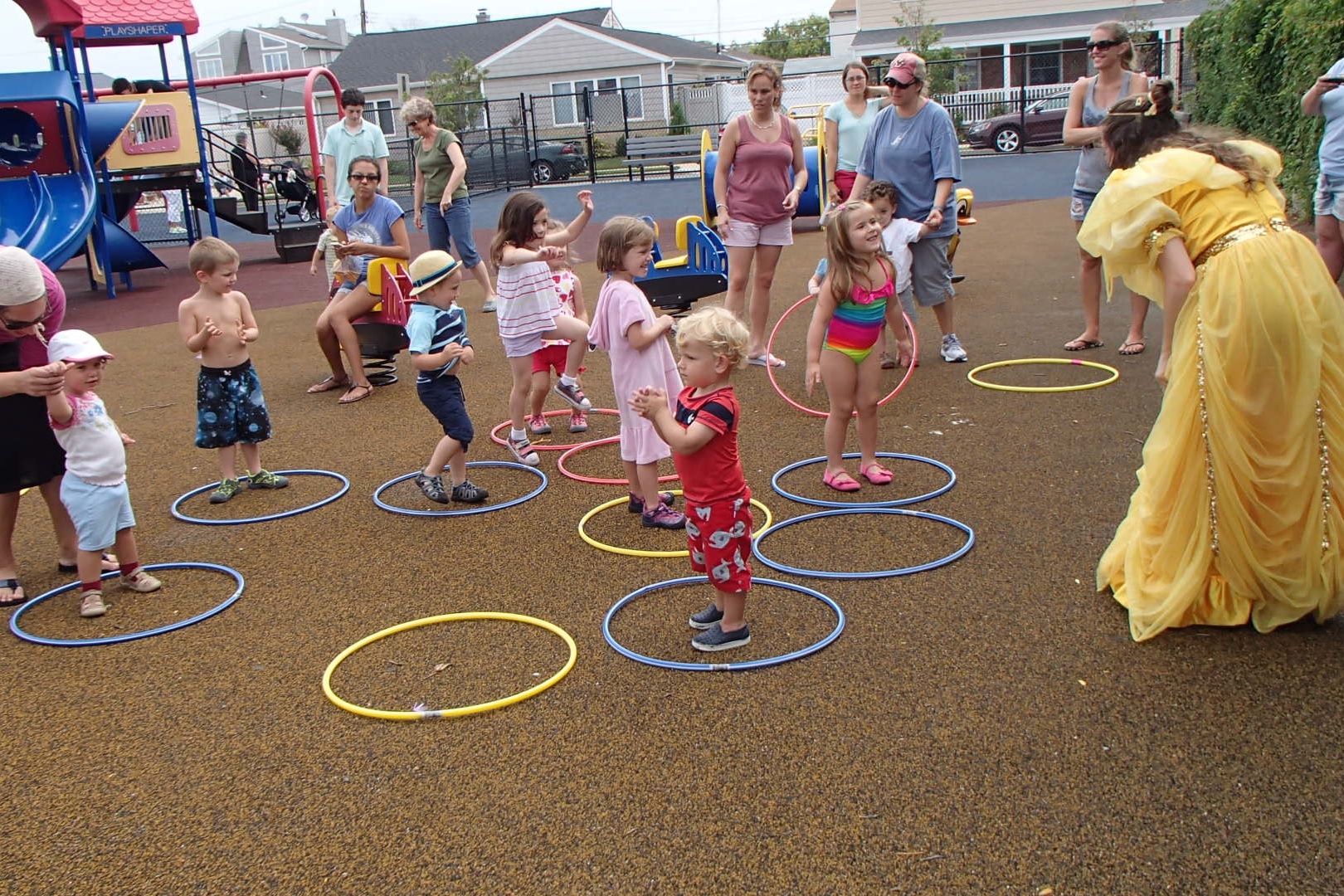There are different rules for applying sun cream. How useful are they? We take a closer look at the most important ones and show you which ones make sense – and which ones don’t. You should also take a closer look at the new IviBet login and its new features.
The sun can be an underestimated danger not only on vacation, but also in everyday life. Because in the worst-case scenario, sunburn can cause more than just painful redness: As our largest human sensory organ, the skin “remembers” every sunburn.
According to dermatologists, just two to three sunburns in childhood can increase the risk of serious illnesses such as skin cancer by three to five times. This makes it all the more important to ensure effective sun protection in summer and beyond by applying sun cream correctly. Although this cannot completely prevent the development of malignant skin diseases, it can significantly reduce the risk of developing them.
OUR RULES
Sun cream rule 1: Four heaped tablespoons for the whole body
An important sunscreen rule concerns the quantity: ideally, up to four tablespoons should be applied per sunbathing session. The Federal Office for Radiation Protection defines how much sun cream is necessary in its information on sun protection. Here, the BfS explicitly recommends around four tablespoons for the whole body, which corresponds to at least two milligrams of cream per square centimeter of skin. Alternatively, dermatologist Uwe Kirschner writes of the “amount of a golf ball” for the entire body.
If you observe these quantities, you can reliably maintain the sun protection factor. Too little cream or incorrect application, on the other hand, reduces the sun protection factor, which can lead to sunburn.

Even half as much sun cream, which would correspond to around two tablespoons, reduces sun protection by two thirds.
Sun cream rule 2: Apply two finger widths
This rule shows how you can divide the recommended amount of sun cream over your whole body. You then need about as much per body part as will fit on two fingers. To do this, stretch out your index and middle fingers, cover both fingers evenly with the cream, and then apply the cream to different parts of your body, one after the other. Use this amount on both fingers to apply cream to one part of the body at a time and then work your way to other areas.
It is important to note that different parts of the body are not all the same size for different people. For example, if someone has a particularly broad back or very dry skin, this amount may not be enough. It is, therefore, better to stick to the above-mentioned recommendation of the Federal Office for Radiation Protection: at least two milligrams per square centimeter of skin.
The consistency of the cream can also be relevant. Creams that are available in a spray bottle in particular often have a very thin consistency. So that “two fingers wide” could almost only be enough for these two fingers. With thicker creams, on the other hand, you may actually be able to cover an entire leg with the amount that fits on your two fingers.
Tip: When applying sunscreen to your face, don’t forget your ears and the top of your head.
Sun cream rule 3: Apply sun cream in several layers
In general, this sun cream rule is useful for anyone who spends a lot of time in the blazing sun. The Federal Office for Radiation Protection advises applying the cream over a large area in good time, i.e., 20 to 30 minutes before going outdoors.
As soon as the sun cream has been applied once sufficiently and without gaps, a second “layer” does not offer any more protection. According to the consumer advice center.

However, according to the BfS, it is important to reapply sunscreen. After bathing or drying off, and at least every two hours, as otherwise the sunscreen will wear off over time.
Sun cream rule 4: Take your own protection time and skin type into account
The body has a certain self-protection time – after that, you risk serious skin damage without sun cream. Another important rule has to do with the skin’s own protection. Depending on the individual skin type, the skin can protect itself for a few minutes even without sun cream.
However, for very light or light skin types with or without freckles (skin types I and II), this self-protection time is only between ten and 20 minutes.
People with skin types III to IV (light brown or olive-colored skin) can stay in the sun for a maximum of 30 to 50 minutes without protection.
People with dark brown to black skin are the most resistant: their self-protection time is more than 60 minutes.
However, this self-protection time only tells you approximately how long it takes for redness to appear. Tthe thinning of the ozone layer also increases the amount of harmful UV-B rays that land on your skin. Both this and UV-A radiation, which penetrates deeper into the skin, promote skin ageing and skin cancer with metastasis formation. Even without sunburn.
Our super author here at Famous Parenting and an absolute wealth of knowledge. She has studied many topics including creative writing, psychology and journalism but her real passion lies in raising her 3 children. Between working from home, homeschooling her youngest 2 children and navigating the world of teenagers she is a guru for parents.





